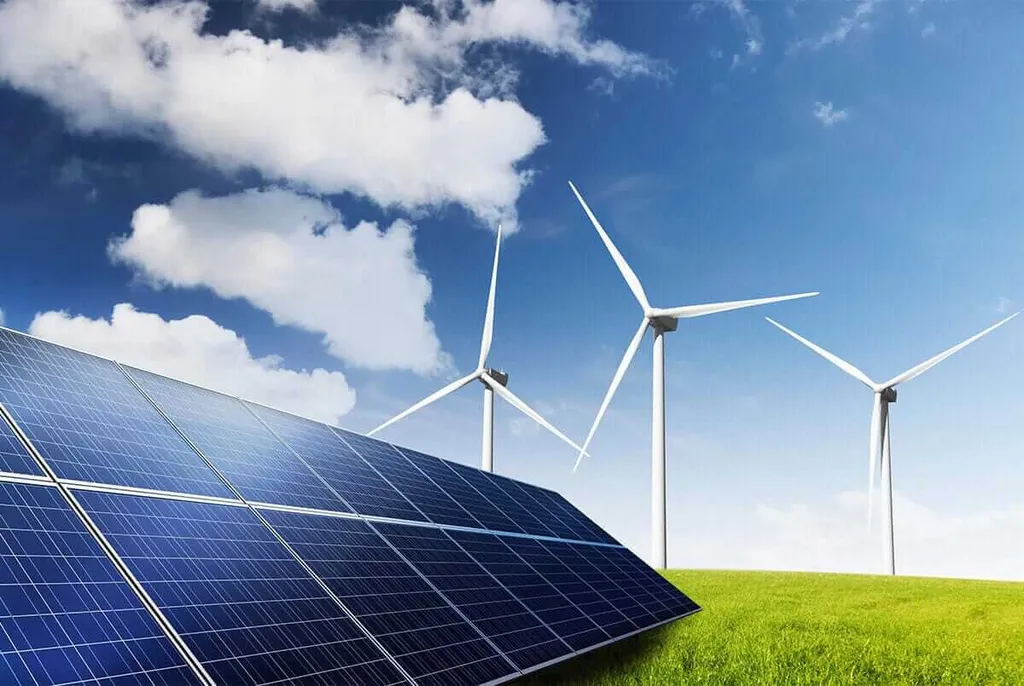In the pursuit of enhancing the performance of superalloys, a team of researchers led by Li Zhentuan from Gaona Aero Material Co., Ltd., in collaboration with the Key Lab for Anisotropy and Texture of Materials at Northeastern University, has delved into the effects of two-stage aging time on the microstructure and mechanical properties of GH4706 superalloy. Their findings, published in the journal ‘Teshugang’ (which translates to ‘Heat Treatment’), offer valuable insights that could significantly impact the energy sector.
The study focused on the aging process at two different temperatures, 720°C and 620°C, and its effects on the η phase and γ’/γ” phase of the GH4706 superalloy. Using optical microscopy and scanning electron microscopy, the team observed that as the aging time increased, the room temperature strength of the material remained relatively stable, but the impact performance decreased. However, the creep rupture fracture time, a critical factor for high-temperature applications, gradually increased.
Li Zhentuan explained, “The quantity and size of the η phase increased with aging time, changing from strip to block shapes. Meanwhile, the γ’/γ” phase coarsened, but its morphology remained relatively stable.”
The researchers found that the appropriate coarsening of γ’/γ” phases could improve both room temperature strength and high-temperature durability. However, the coarsening of η phases significantly reduced the room temperature impact performance and matrix strength, while improving high-temperature durability.
Huang Shuo, another lead author from Northeastern University, added, “Understanding these phase transformations is crucial for tailoring the mechanical properties of superalloys for specific applications.”
The implications of this research are substantial for the energy sector, particularly in applications requiring materials to withstand high temperatures and stresses, such as gas turbines and aerospace engines. By optimizing the aging process, manufacturers can enhance the performance and longevity of these critical components.
The study’s findings could pave the way for future developments in materials science, enabling the creation of more robust and efficient superalloys. As the energy sector continues to evolve, the demand for advanced materials that can withstand extreme conditions will only grow, making this research a significant step forward in the field.
In the words of Li Zhentuan, “This research not only deepens our understanding of the aging process in superalloys but also provides practical insights for enhancing their mechanical properties.”
As the energy sector looks towards a future of increased efficiency and sustainability, the insights gained from this study could play a pivotal role in shaping the next generation of high-performance materials.

